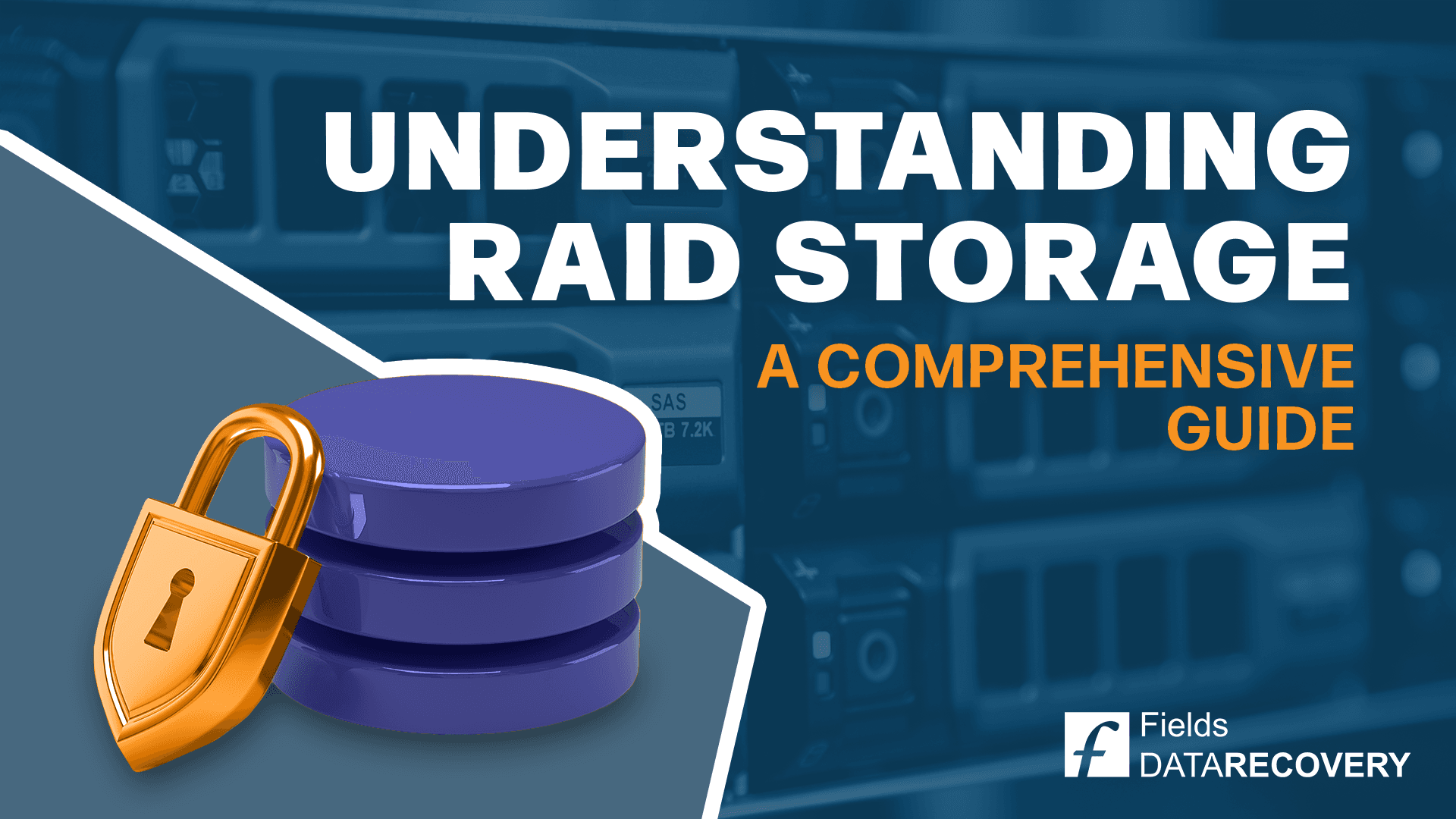Understanding RAID Storage: A Comprehensive Guide

As our digital lives become more connected, we are generating huge volumes of data that need to be stored, organised, and protected from various threats. Storage technologies have evolved significantly over the years, and RAID is one of the most popular storage technologies available today. RAID, which stands for Redundant Array of Independent Disks, is a system of storing data across multiple hard drives to improve performance, reliability, and availability.In this blog post, we'll dive deep into what RAID storage is, how it works, its different types, and its benefits for consumers.
Understanding
RAID:
RAID storage is a mechanism that combines multiple physical hard
drives into one logical volume to achieve better performance, reliability, and
availability. This technology is widely used in corporate environments, but
it's becoming increasingly popular for consumers as well. RAID storage works by
spreading data across multiple hard drives, dividing it into smaller chunks
called stripes. Each stripe is distributed across different disks, ensuring
that none of the data is lost if one of the disks fails. RAID storage can
operate in various configurations called levels, each with different
characteristics, benefits, and drawbacks.
Types of RAID Storage:
There are several types of RAID storage available, each with
different configurations and use cases. The most common types are RAID 0, RAID
1, RAID 5, and RAID 6. RAID 0, for example, strips data across multiple hard
drives to achieve faster read and write speeds, but it offers no fault
tolerance. RAID 1, on the other hand, mirrors data across multiple drives,
providing redundancy and improved reliability, but at the cost of reduced
storage capacity. RAID 5 and RAID 6 are more suited for larger enterprise
environments, offering a balance between performance and resilience.
Benefits of RAID Storage:
The benefits of RAID storage for consumers are numerous. First
and foremost, RAID can protect your data from hardware failure, accidental
deletion, and other threats. By storing data redundantly across multiple
drives, it ensures that your precious files and photos are safe and accessible
at all times. Second, RAID can improve performance by a significant margin,
especially if you use RAID 0 or RAID 5. You can achieve faster boot times, file
transfers, and application launches, which can make a noticeable difference in
your productivity and enjoyment of your digital life. Finally, RAID can offer
more storage capacity than a single disk, depending on the configuration you
choose. By combining multiple drives into one logical volume, you can have all
your data in one place, without worrying about running out of space.
Conclusion:
In
conclusion, RAID storage is an excellent choice for consumers who want to improve
their data storage performance, reliability, and availability. Whether you're a
professional photographer, a video editor, a gamer, or a home user with lots of
files and videos, RAID can provide you with the peace of mind you need. RAID
technology is not without drawbacks, however, as it can be more expensive,
complex, and requires some technical expertise to set up and manage. That being
said, the benefits of RAID storage far outweigh the costs and risks, making it
a worthwhile investment. By understanding RAID storage, its types, and its
benefits, you can make an informed decision about your digital storage needs
and goals.
For any RAID storage issues, such as data corruption or retrieval, professional data recovery services like Fields Data Recovery are available to assist in recovering lost data. Contact us today to benefit from our expertise, no data, no fee recovery service, and take the first step towards retrieving your valuable data.
